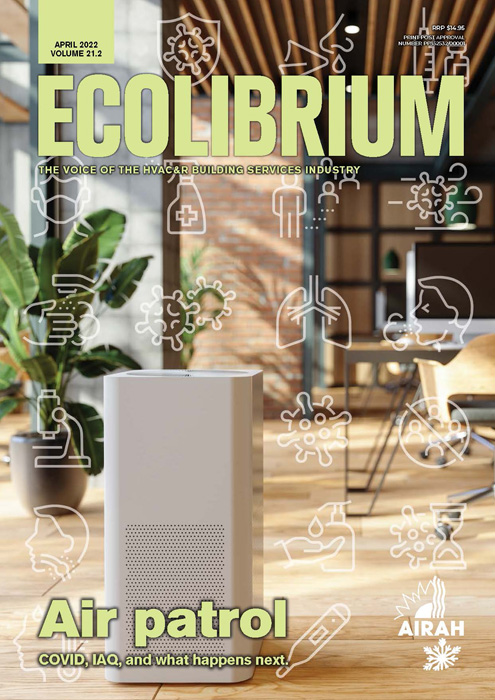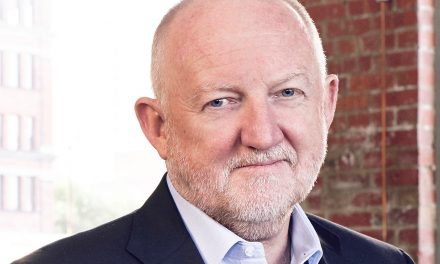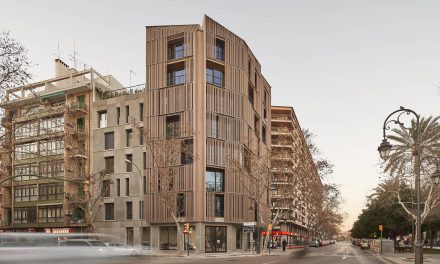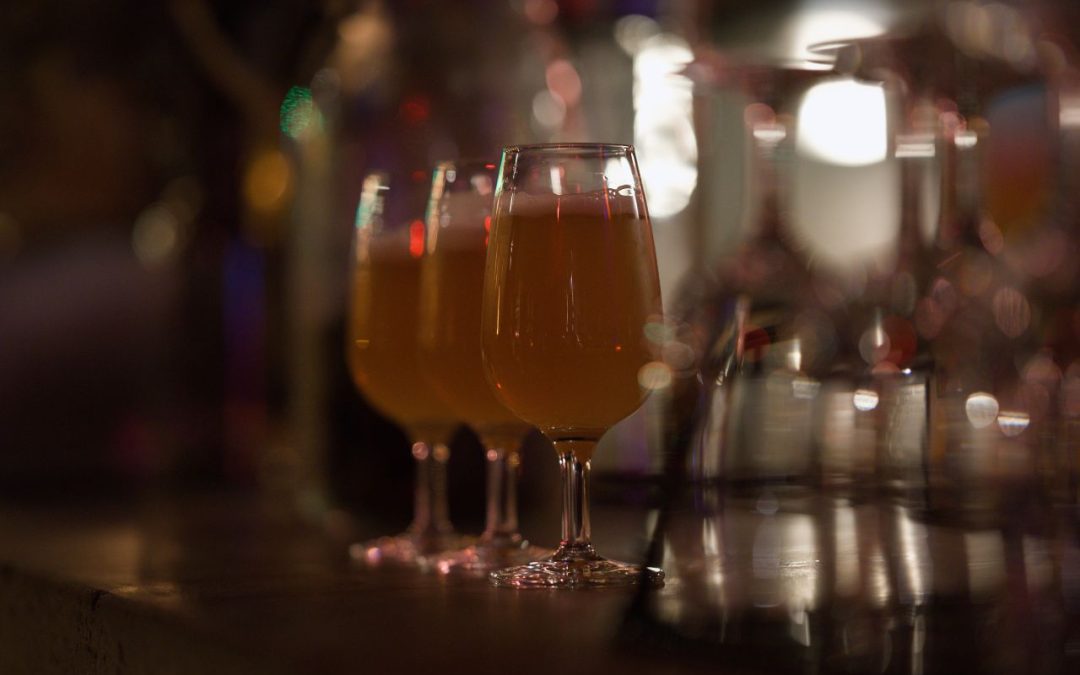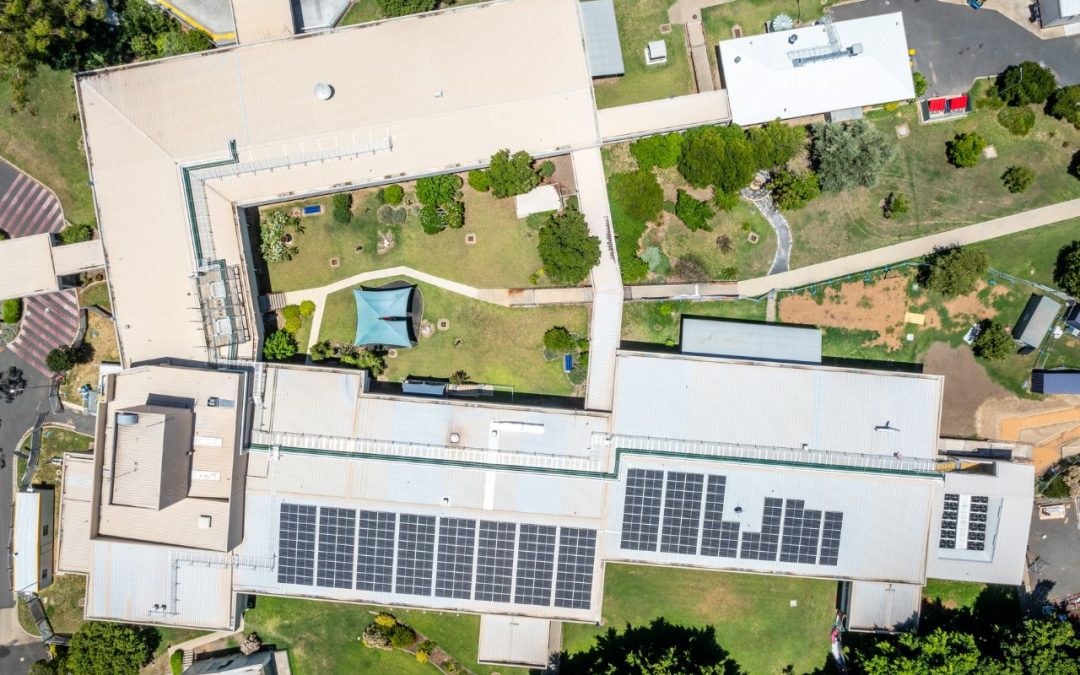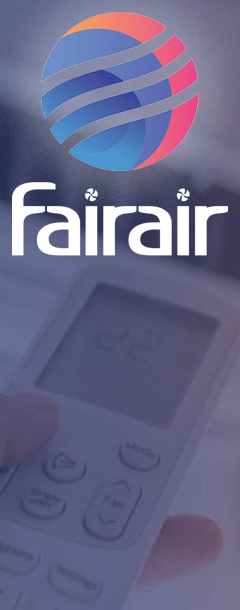These small words make a big difference in ensuring that everyone feels respected and included.
By MARK VENDER
Recently, you may have noticed an addition to some people’s email
signatures or their name tags in online meetings. It could look something like this:
Jo Hausman (she/her)
For the uninitiated, seeing pronouns such as she/her, he/him, they/them, or other variations for the first time can be confusing. So, we decided to provide a quick summary.
What’s in a name?
Pronouns are words that we use to refer to people when we’re not using their name. And in the past, we have generally used a simplistic, binary gender-based approach: female or male; she or he.
But this approach does not recognise our rich array of gender identities. Some of us identify as neither female nor male, others are fluid. Adding pronouns to a name indicates how we would like others to refer to us.
Using pronouns
Some find it difficult at first to use a pronoun such as “they” to refer to a single person (even though, for the grammar sticklers, there is in fact a centuries-long record of this in English). Practice makes perfect.
Adding pronouns to a name is a practice that can be adopted in the workplace by anyone, as an ally, to show respect for and affirm gender-diverse people.
“This shows that you take correct pronoun usage seriously,” says ACON, “and encourages your clients to be more confident in being themselves around you and your organisation. It also helps
to normalise pronouns.”
Another great way to show allyship is to always ask people what pronouns they use to describe themselves. And you can start by providing your own.
Like to know more?
